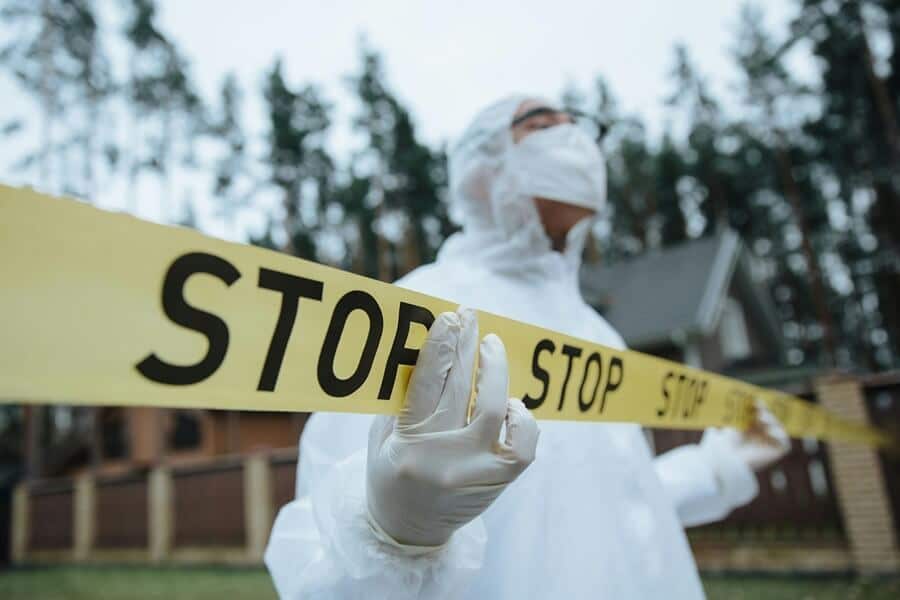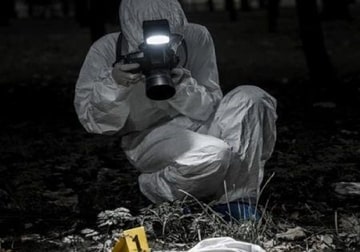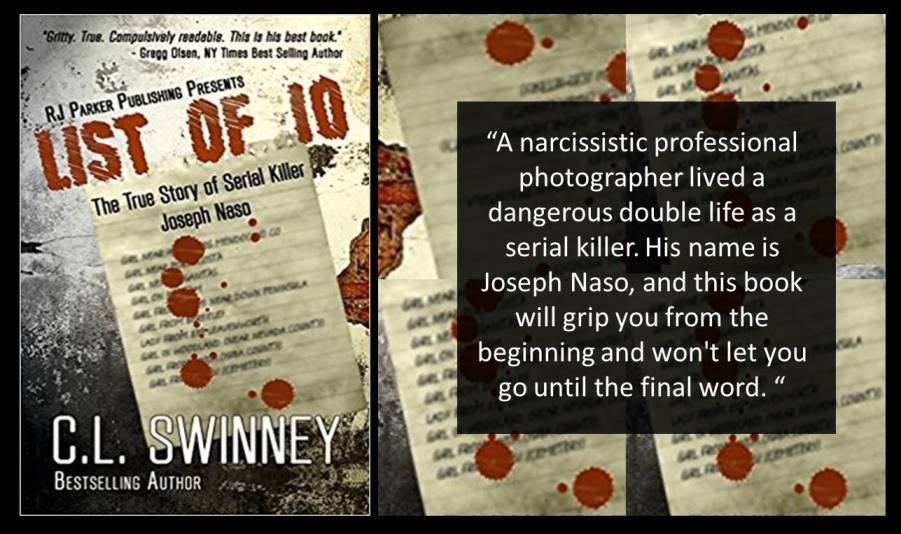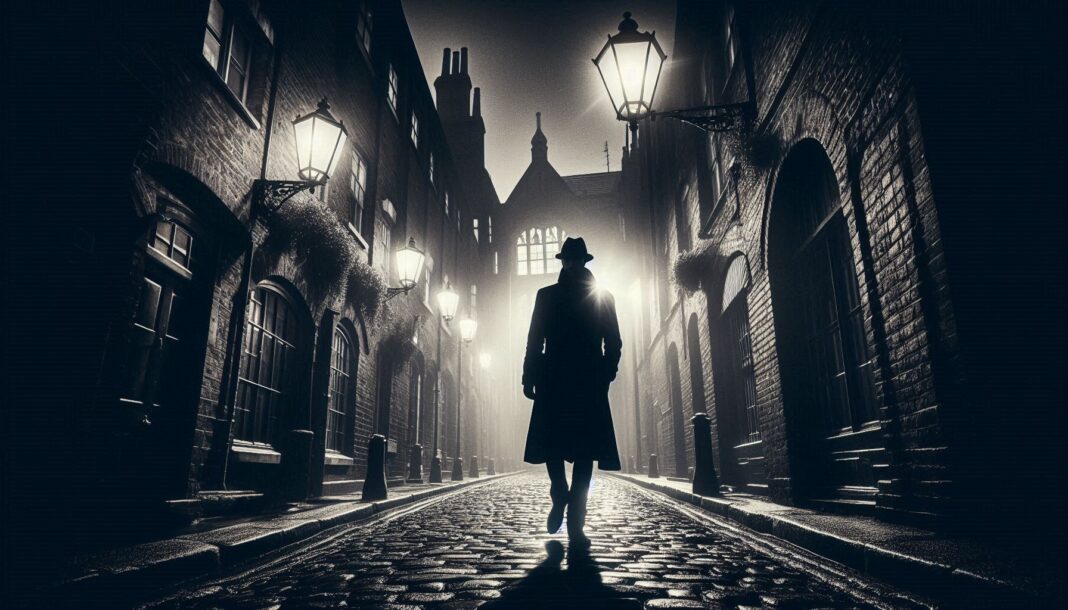Color photographs contain more detail and can appear more graphic than black and white versions and such evidence when viewed in full color is undoubtedly going to be more emotive than when seen in black and white. As a result, jurors can feel a heightened response of horror and disgust at what they are looking at.
The Power of Jury Emotions
It appears that such heightened emotions can impact how a jury views the defendant who is accused of being responsible for the scenes they have been presented with. New research has indicated that jurors who see color photographs of a crime scene are more likely to convict of murder than jurors who see black and white versions of the same photographs.
In a mock-juror study published in Psychology, Public Policy and Law from Arizona State University, 193 participants were provided with information on a real crime scene in a murder case where a husband stood accused of murdering his wife. They were given a verbal description of the injuries sustained by the victim and a set of crime scene photographs.
All participants saw the non-graphic photographic evidence and some were given additional graphic and gruesome photos in color or the same additional photos but in black and white. After viewing the material they were asked to give a verdict of guilty or not guilty and give a level of anger and disgust they felt at the evidence they had just viewed.
Those who saw the color photographs consistently gave a higher emotional rating for the disgust they felt and this was reflected in their verdicts, where they also consistently gave more guilty verdicts than not guilty.
Using graphic photographic evidence in a murder trial can often be a tactic by the prosecution to purposely sway the jury into an emotional response in sympathy for the victim and anger and disgust towards the defendant. The more gruesome the images, the more a prosecuting attorney may expect to impact the jury in their favor.
“Color gruesome photographs consistently made jurors feel more disgusted than if they only read detailed verbal descriptions of the injuries. This was consistently not the case when the same gruesome photographs were presented in less vivid black-and-white. Despite the color and black-and-white gruesome photographs conveying the same probative information, they only increased disgust and, in turn, convictions when they were presented in color.”
When considering what evidence to allow into a trial, a judge must make the decision on whether the evidence in question is going to have a probative or prejudicial effect on the jury. Evidence would be prejudicial if it does not provide additional information to the jury relevant to the case and their decision, but rather simply promotes an emotional response.
The prosecution wants evidence included that is going to encourage the jury to give a harsher punishment. Crime scene photos, emotional witness testimony, and victim impact statements are all examples of evidence that demonstrates the enormity of the crime and the impact on the victims which is being included to elicit the punishment level the prosecution is looking for. In this sense, if the jurors lean towards a harder punishment because of such evidence, the evidence is considered to have had a probative effect.
After these results, the author of the study, assistant professor Jessica Salerno, highlights that in order to ensure a fair trial, consideration of only presenting crime scene photographs, especially those which show blood, in black and white may be a way forward in the future.

Graphic Photographic Evidence
Similar studies have been carried out in the past looking to examine how different types of evidence may affect a jury’s decision-making. One such study was published in Law and Human Behavior in 1997 which examined whether graphic photographic evidence prejudices the decisions of jurors. The researchers from Simon Fraser University in British Columbia, Canada presented 120 mock jurors with a detailed transcript of a murder trial. The jurors were also either provided with color photographs of the murdered victim, black and white versions, or no photographic evidence at all.
They found that those who were given graphic photographic evidence along with the transcript gave guilty verdicts at almost twice the rate of those who saw no photographic evidence at all. Furthermore, the photographic evidence elicited a much higher emotional response from the mock jurors compared to those who just read the trial transcript. Interestingly, all the groups felt they had acted fairly in considering the evidence and providing their verdicts, highlighting they may not have been aware themselves of any bias affecting their judgments.
The emotional response of juries in such murder trials and how their emotions affect their judgment and therefore their decision-making when delivering their verdict is a topic of concern among many researchers. While we would like to think that all members of a jury can be completely impartial and unbiased the reality is that jury members are human beings and bias in different forms can creep in even when they are not consciously aware. Expanding the understanding of these processes and the kinds of bias that can exist in criminal cases is a positive step forward if we are to improve the fairness of trials by jury in the future.
- Douglas, K., Lyon, D., & James R. P. Ogloff. (1997). The Impact of Graphic Photographic Evidence on Mock Jurors’ Decisions in a Murder Trial: Probative or Prejudicial? Law and Human Behavior, 21(5), 485-501
- Salerno, J.M. and Bottoms, B.L. (2010). Unintended Consequences of Toying with Jurors’ Emotions: The Impact of Disturbing Emotional Evidence on Jurors’ Verdicts. The Jury Expert, (2), pp16-34
- Salerno, J. M. (2017). Seeing Red: Disgust Reactions to Gruesome Photographs in Color (but not in Black and White) Increase Convictions. Psychology, Public Policy, and Law. DOI: 10.1037/law0000122
Guy, F. (2017, Jun 06). Colour Vs Black & White Photographic Evidence In A Murder Trial. Crime Traveller. Retrieved from https://www.crimetraveller.org/2017/06/colour-vs-black-white-photographic-evidence-in-a-murder-trial/



